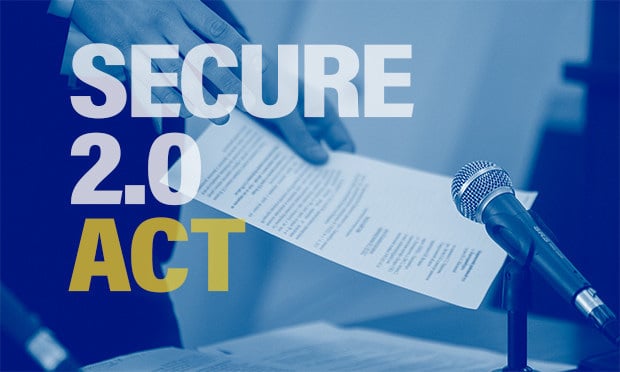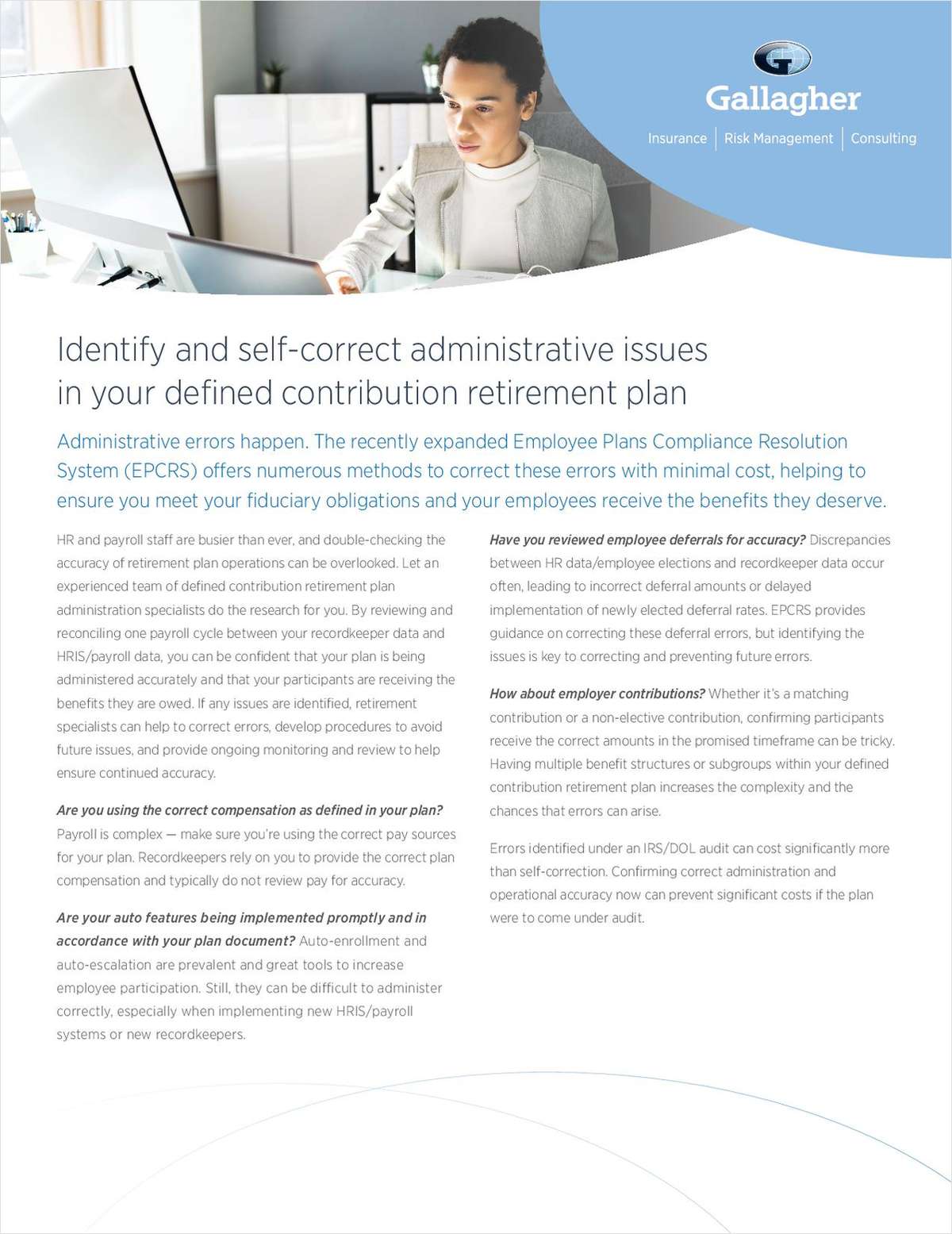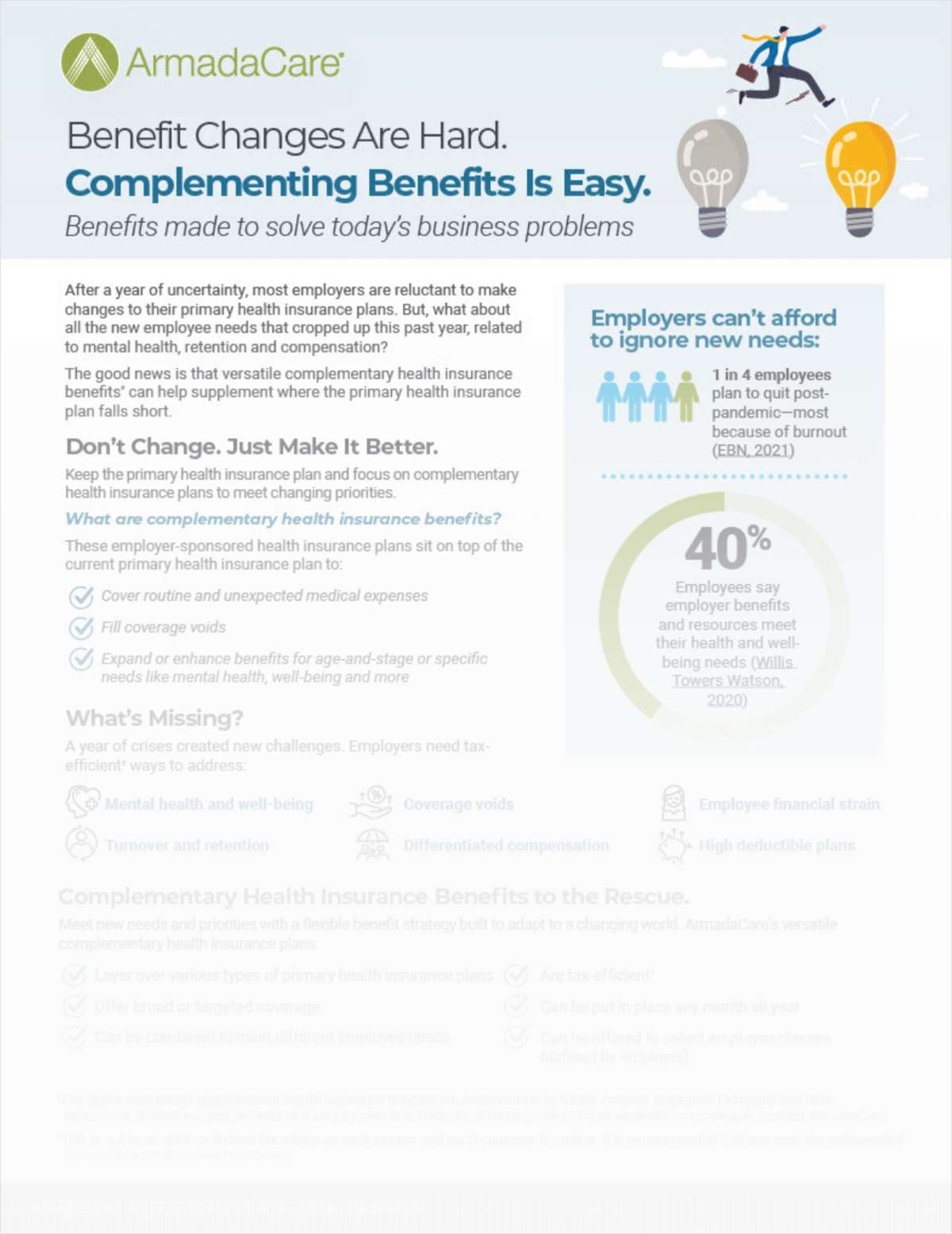In a joint statement, White House officials and Congressional GOP leaders on tax reform said the controversial border-adjusted tax would be left out of efforts to reform the country’s tax code.
The news interjects a new angle of uncertainty for the fate of the tax-preferred treatment of workplace retirement savings plans and IRAs.
The tax, which had been favored by House majority leader Paul Ryan, R-WI, would have imposed new levies on imported goods, and was designed to offset the revenue lost from lowering the corporate and individual tax rates. According to some estimates, the tax would have raised upwards of $1 trillion in new revenue over 10 years.
With that substantial “pay for” now off the table, the question going forward is how aggressively Republicans can cut tax rates, and what existing exemptions in the code will have to be eliminated to pay for those cuts.
The non-partisan Joint Committee on Taxation, which advises Congress with research on the tax code, says the tax-preferred treatment of defined contribution plans will cost $583.6 billion in foregone revenue between 2016 and 2020. Traditional IRAs will cost $85.8 billion. Together, the tax-preferred treatment of retirement savings plans represent one of the largest sources of foregone revenue in the tax code.
House Republicans’ Blueprint for Tax Reform would cut the corporate tax rate from 35 percent to 20 percent. As a candidate, President Trump vowed to cut the corporate rate to 15 percent. The White House has pledged to reduce the existing seven tax brackets for individuals to three.
White House officials have signaled the intent to use the budget reconciliation process to pass tax reform. That would require a simple majority in the Senate to pass, but it would also require that a new tax package be revenue-neutral.
The joint statement from the White House announcing the end of the border-adjusted tax offered few other specifics as to how Republicans intend to pay for tax reform, or to what level rates would be lowered.
Congressional members have reportedly been considering a range of reforms to the tax-treatment of retirement plans. The most aggressive plan would move all pre-tax contributions to 401(k)s to a Roth after-tax contribution system.
Another idea reportedly being considered would take a hybrid approach, capping the amount of pre-tax contributions to half of the statutorily allowable contribution limits. The other half would be invested in an after-tax Roth account.
Employer and retirement advocacy groups have been pressing lawmakers to protect the tax-preferred treatment of retirement plans, even as those same groups back efforts to reform the tax code.
“As thousands of Baby Boomers reach retirement age daily, they are facing complicated challenges in attaining the financial security they desire for their retirement. To help them address those challenges, it is critical that tax reform do all that is possible to safeguard provisions that encourage and enhance their abilities to save for a secure and dignified retirement,” said Cathy Weatherford, CEO of the Insured Retirement Institute, in a statement responding to news that the border-adjusted tax was being eliminated from consideration.
Weatherford said the IRI, which represents the interests of asset managers, broker dealers, and insurance companies, has been meeting with Trump administration officials and committee members in the House and Senate who will draft tax legislation.
“We remain strongly in favor and urge the members of Congress and the representatives of the President who are engaged in the tax reform conversation to keep the goal of protecting and enhancing the way the current tax code treats retirement savings at the forefront of their discussions,” said Weatherford.
Complete your profile to continue reading and get FREE access to BenefitsPRO, part of your ALM digital membership.
Your access to unlimited BenefitsPRO content isn’t changing.
Once you are an ALM digital member, you’ll receive:
- Breaking benefits news and analysis, on-site and via our newsletters and custom alerts
- Educational webcasts, white papers, and ebooks from industry thought leaders
- Critical converage of the property casualty insurance and financial advisory markets on our other ALM sites, PropertyCasualty360 and ThinkAdvisor
Already have an account? Sign In Now
© 2024 ALM Global, LLC, All Rights Reserved. Request academic re-use from www.copyright.com. All other uses, submit a request to [email protected]. For more information visit Asset & Logo Licensing.








